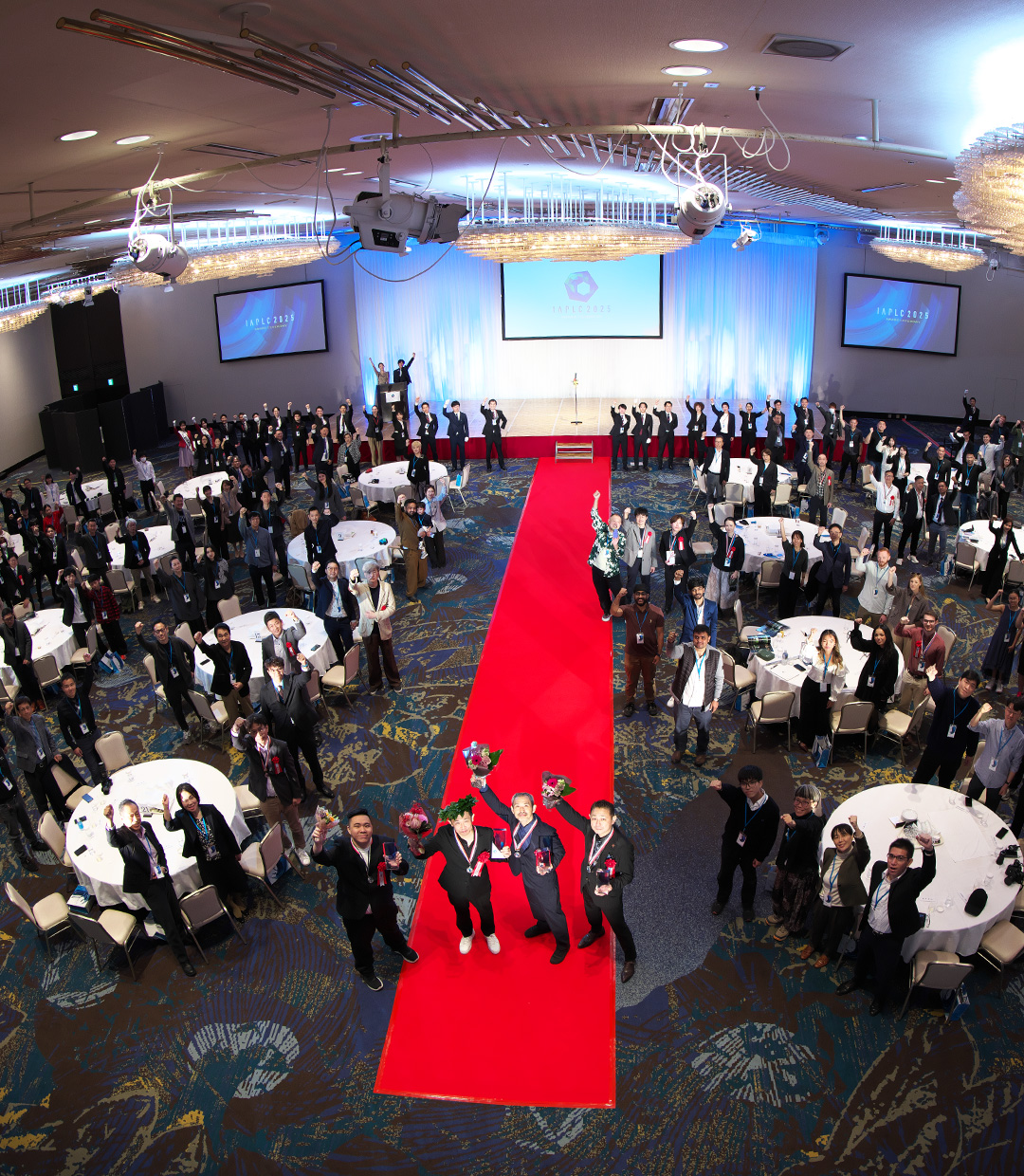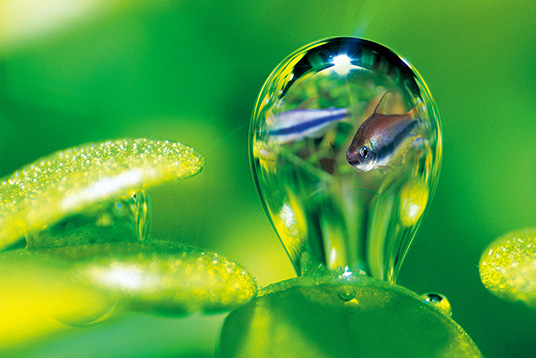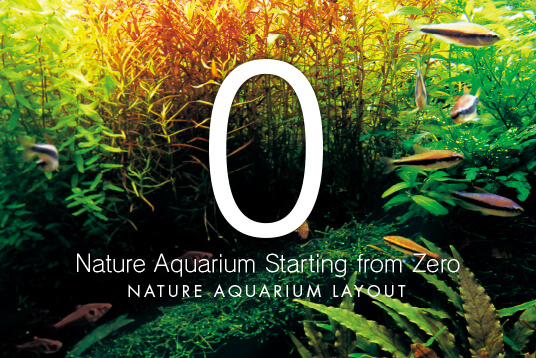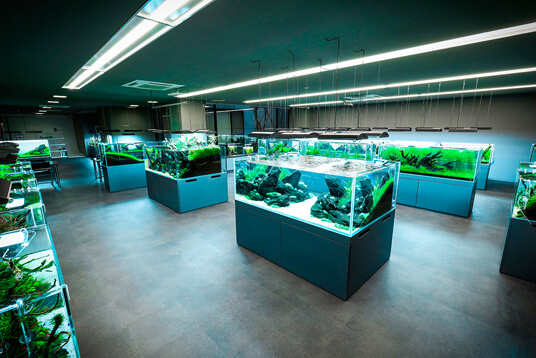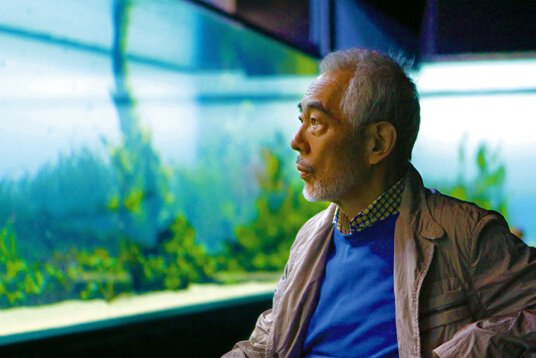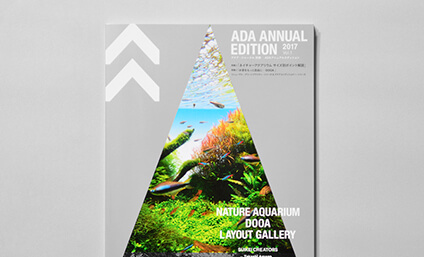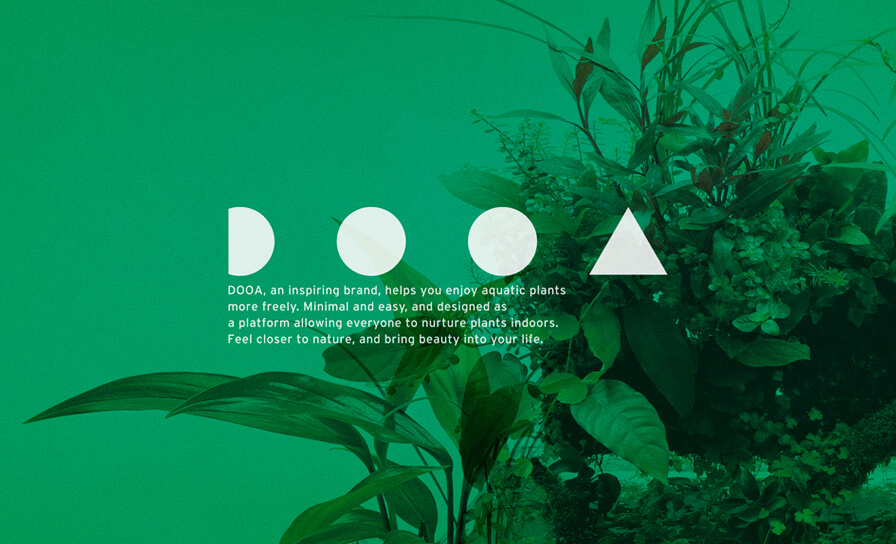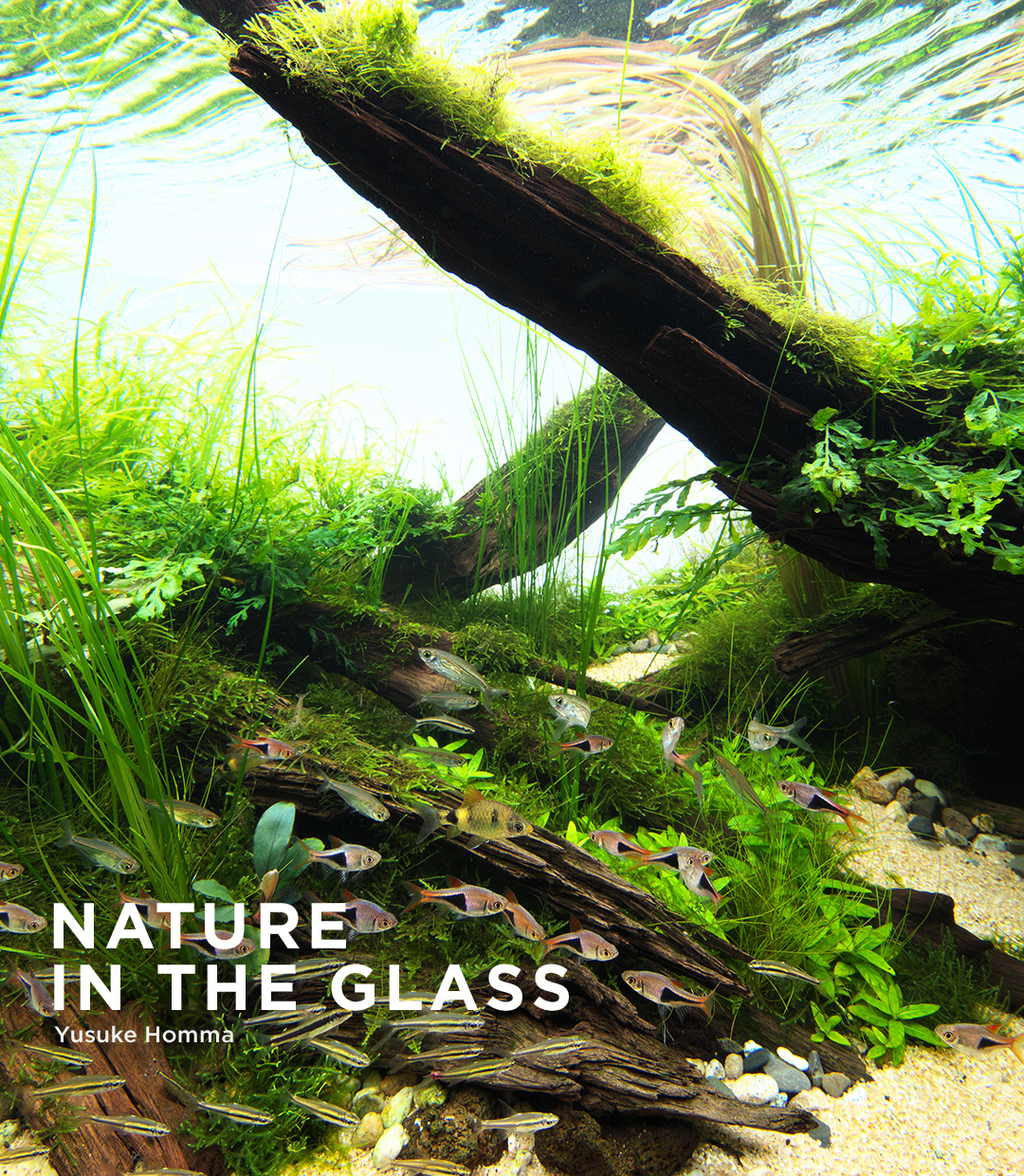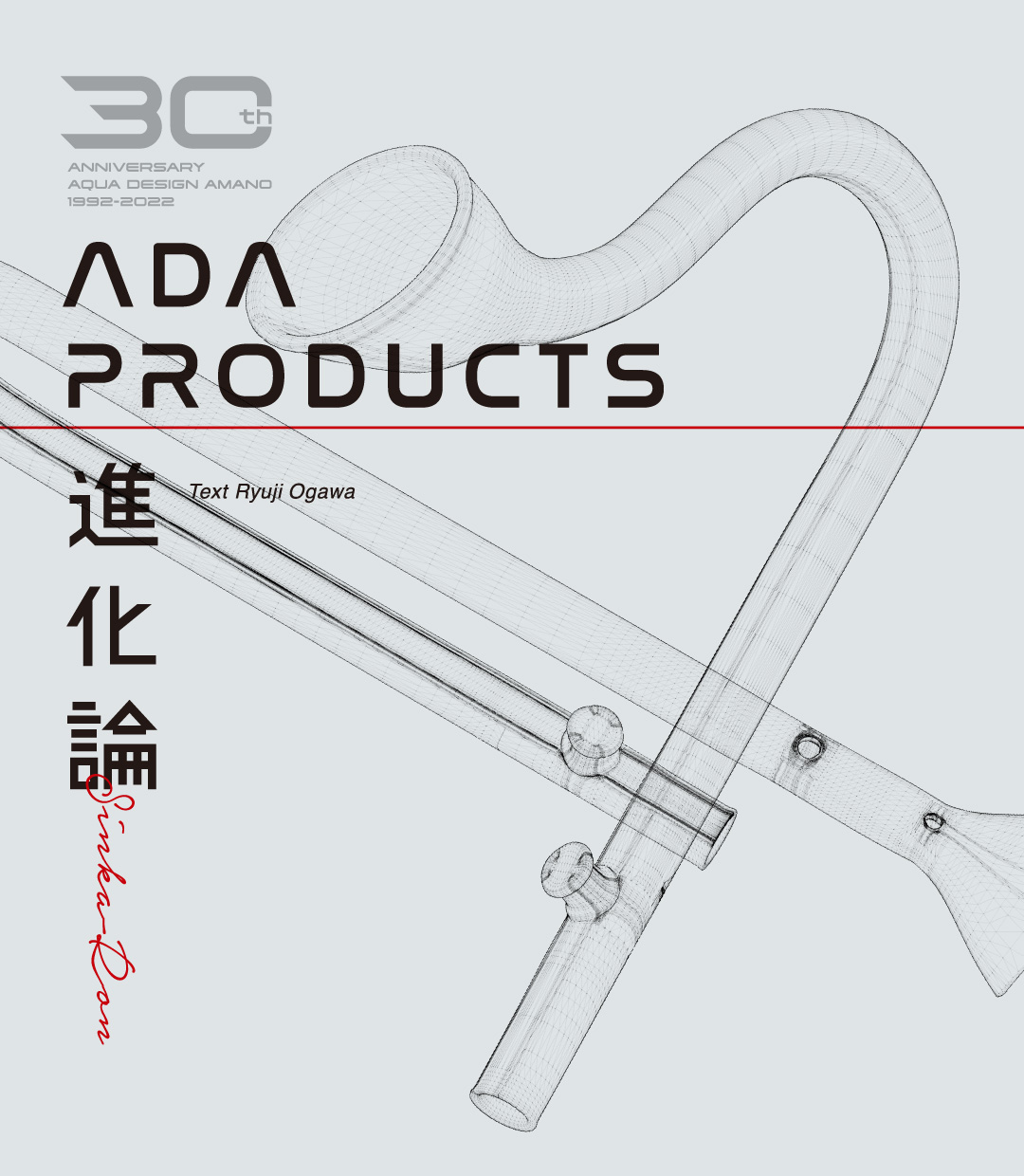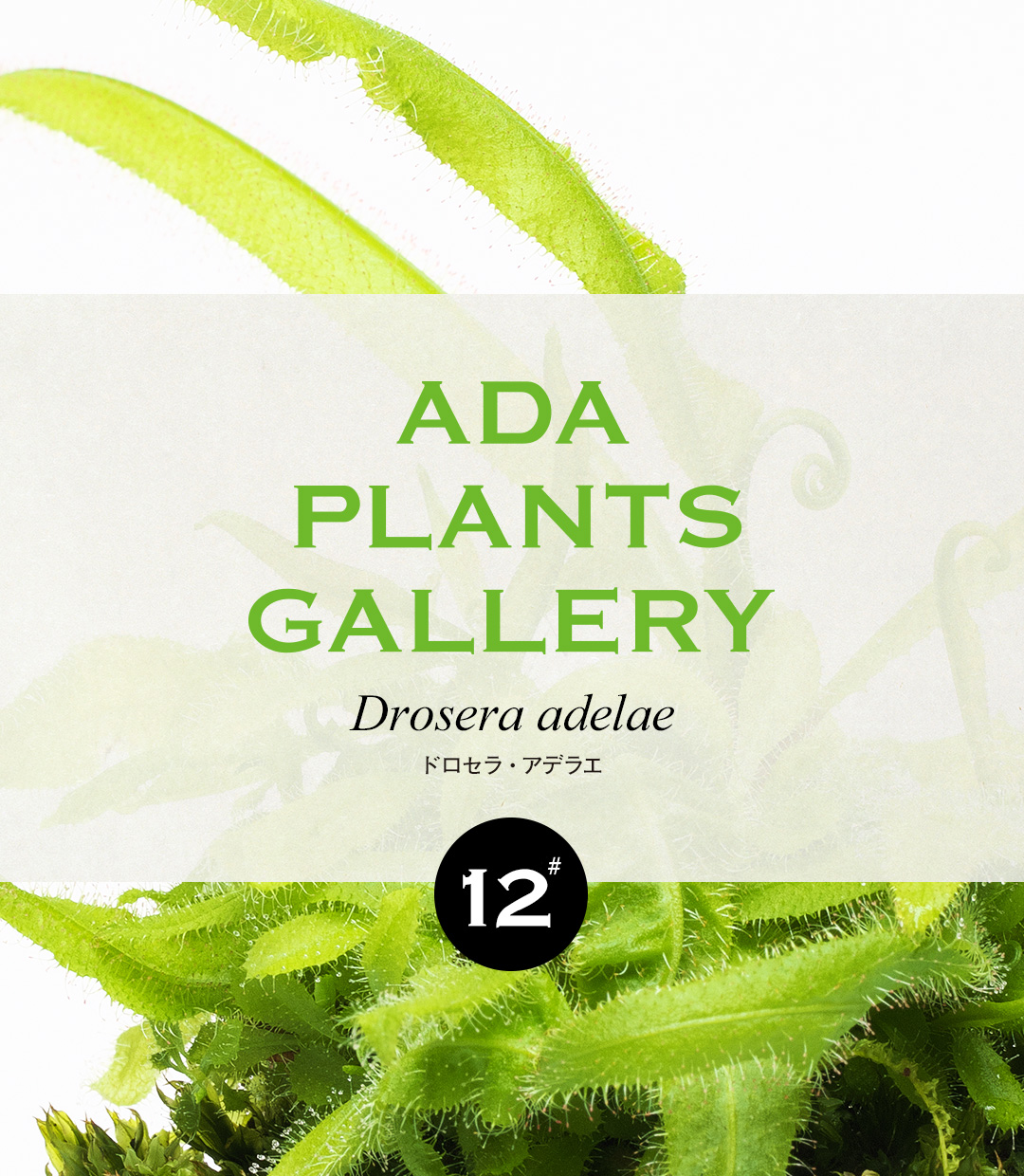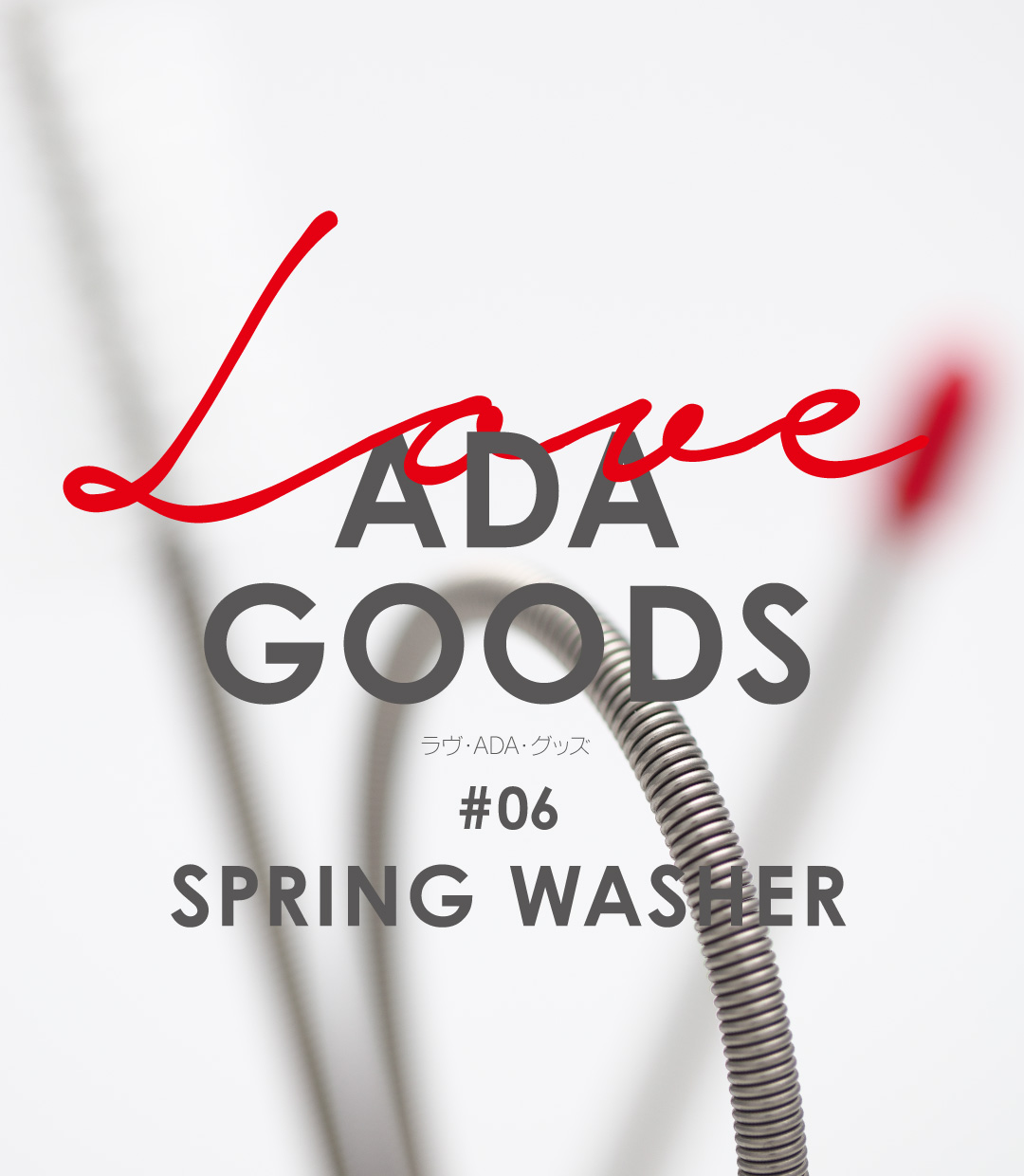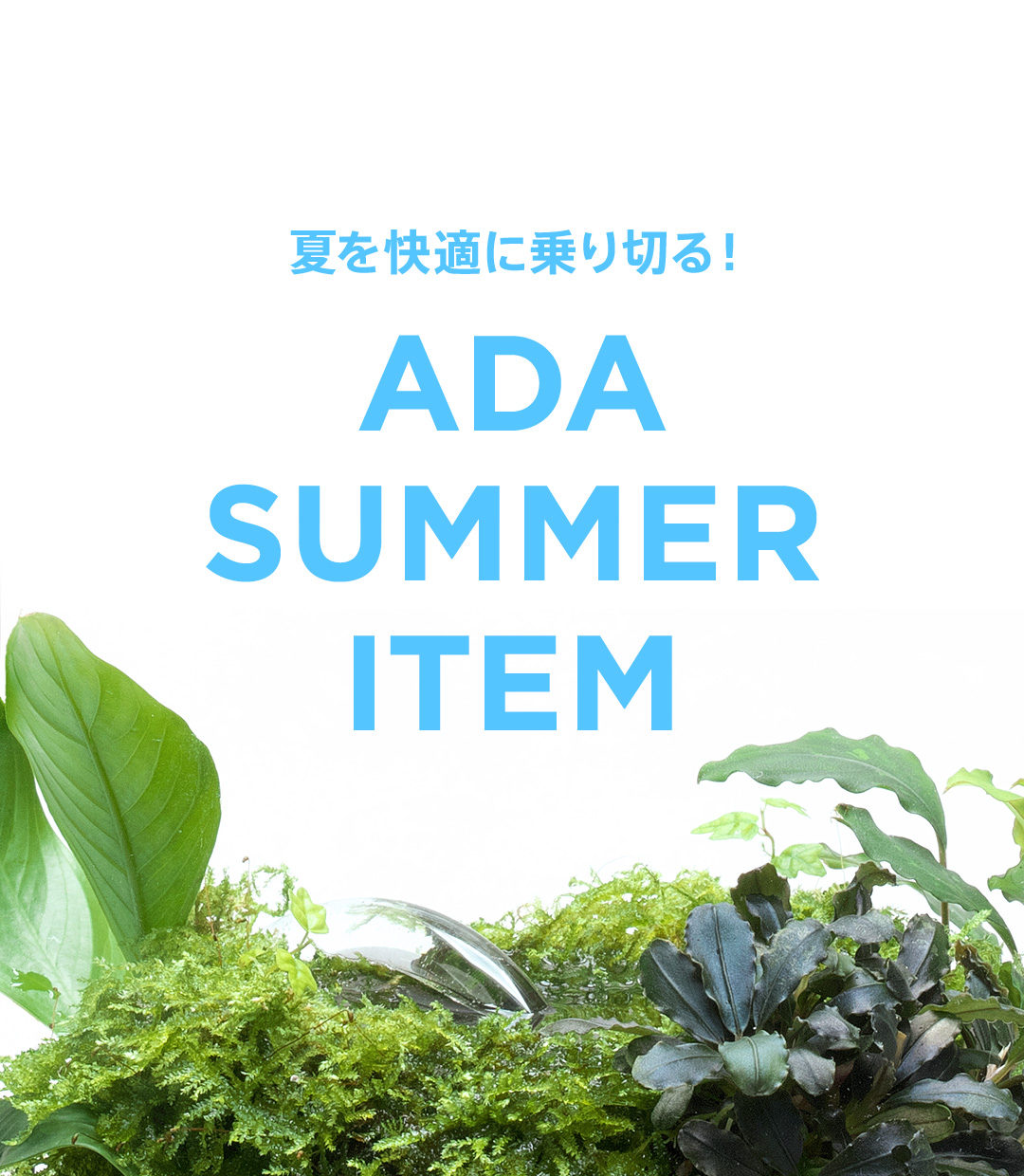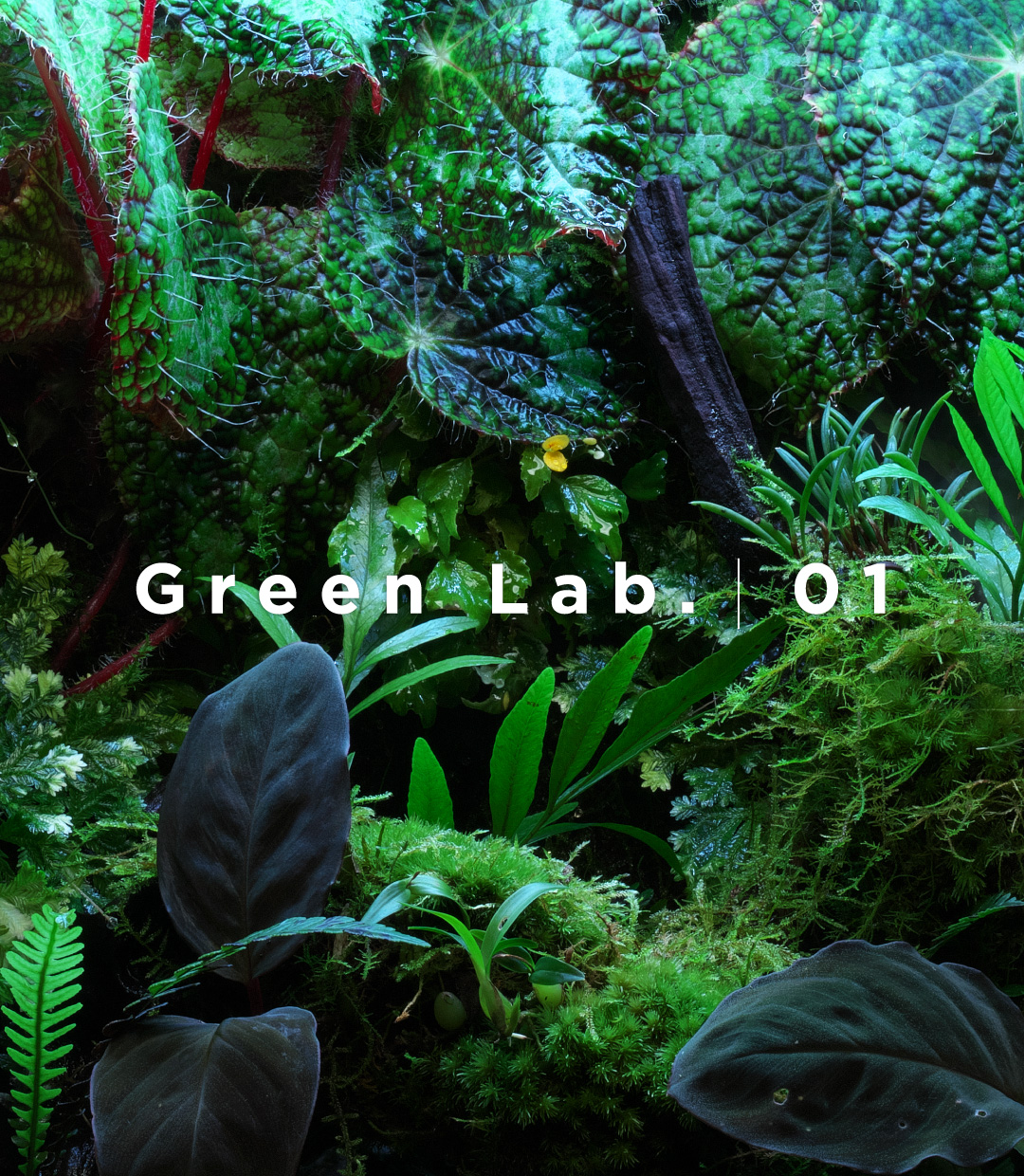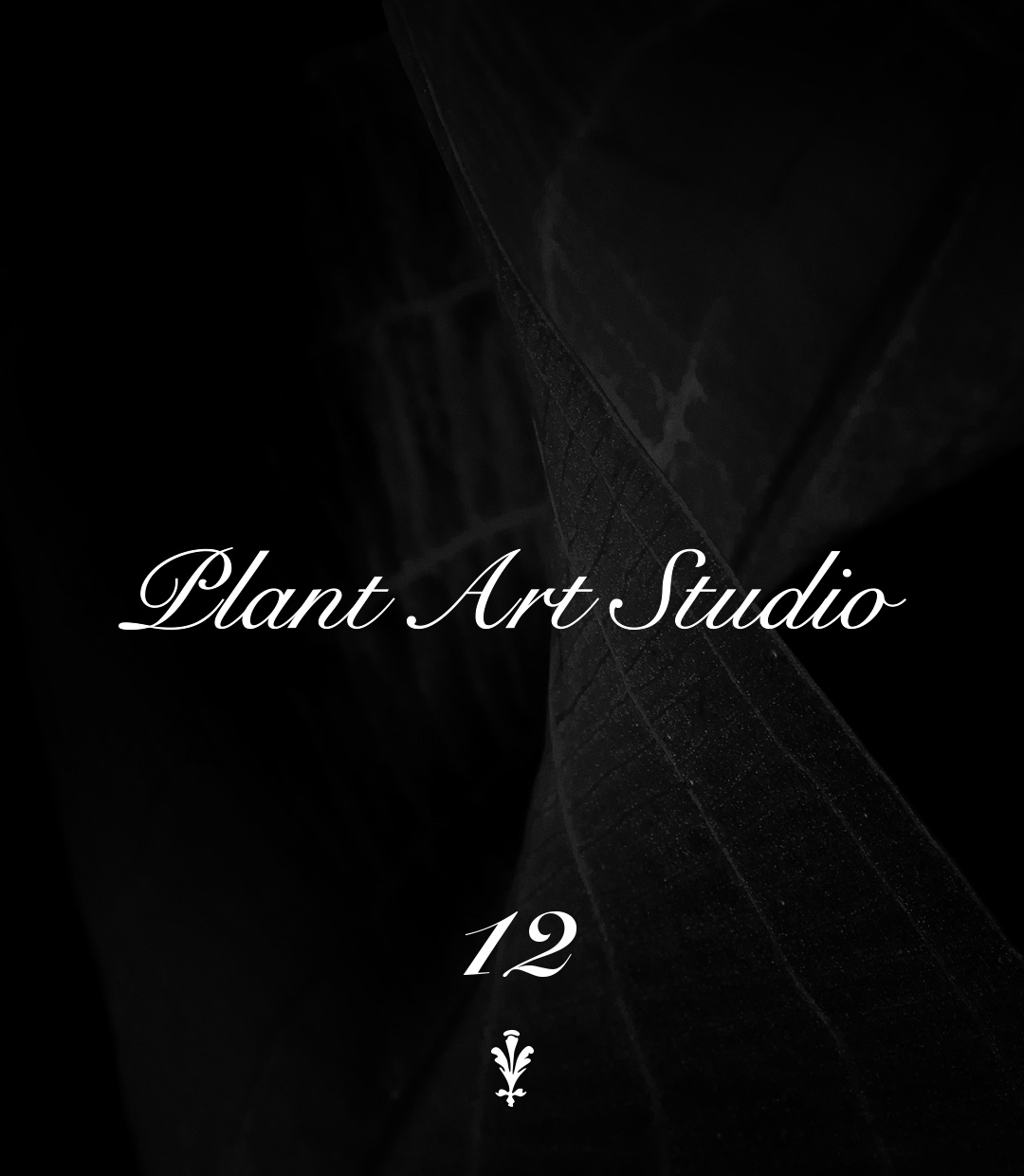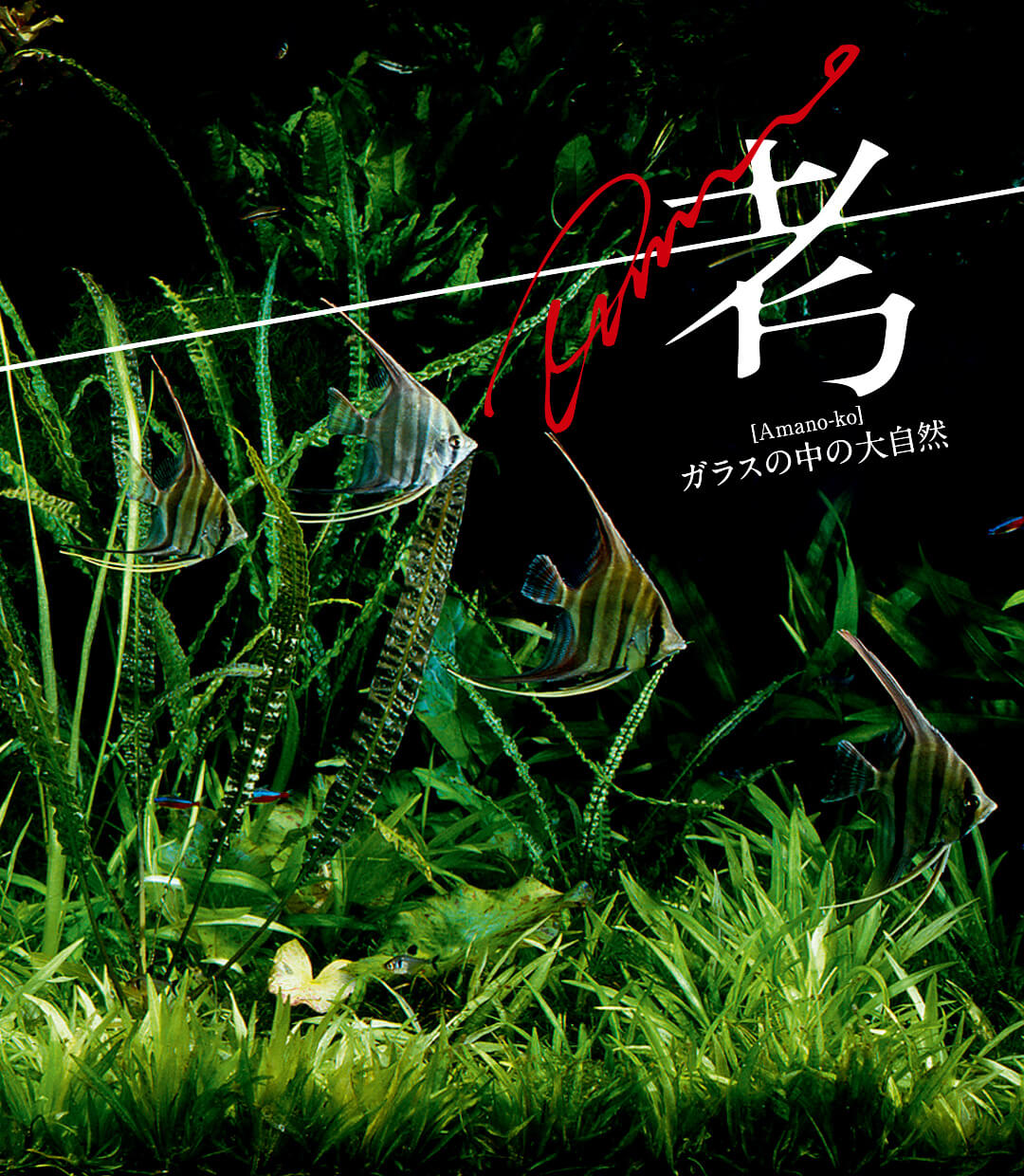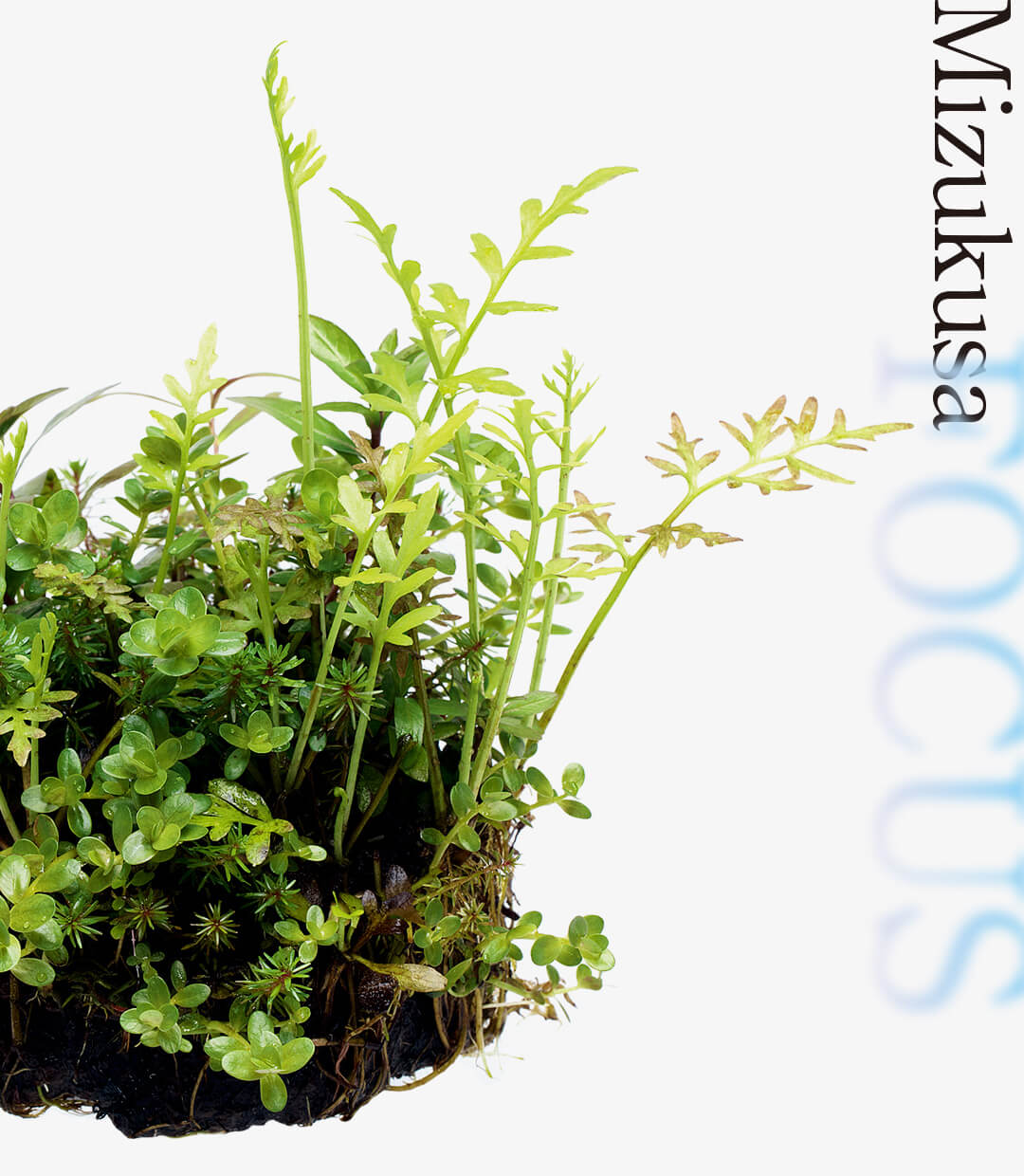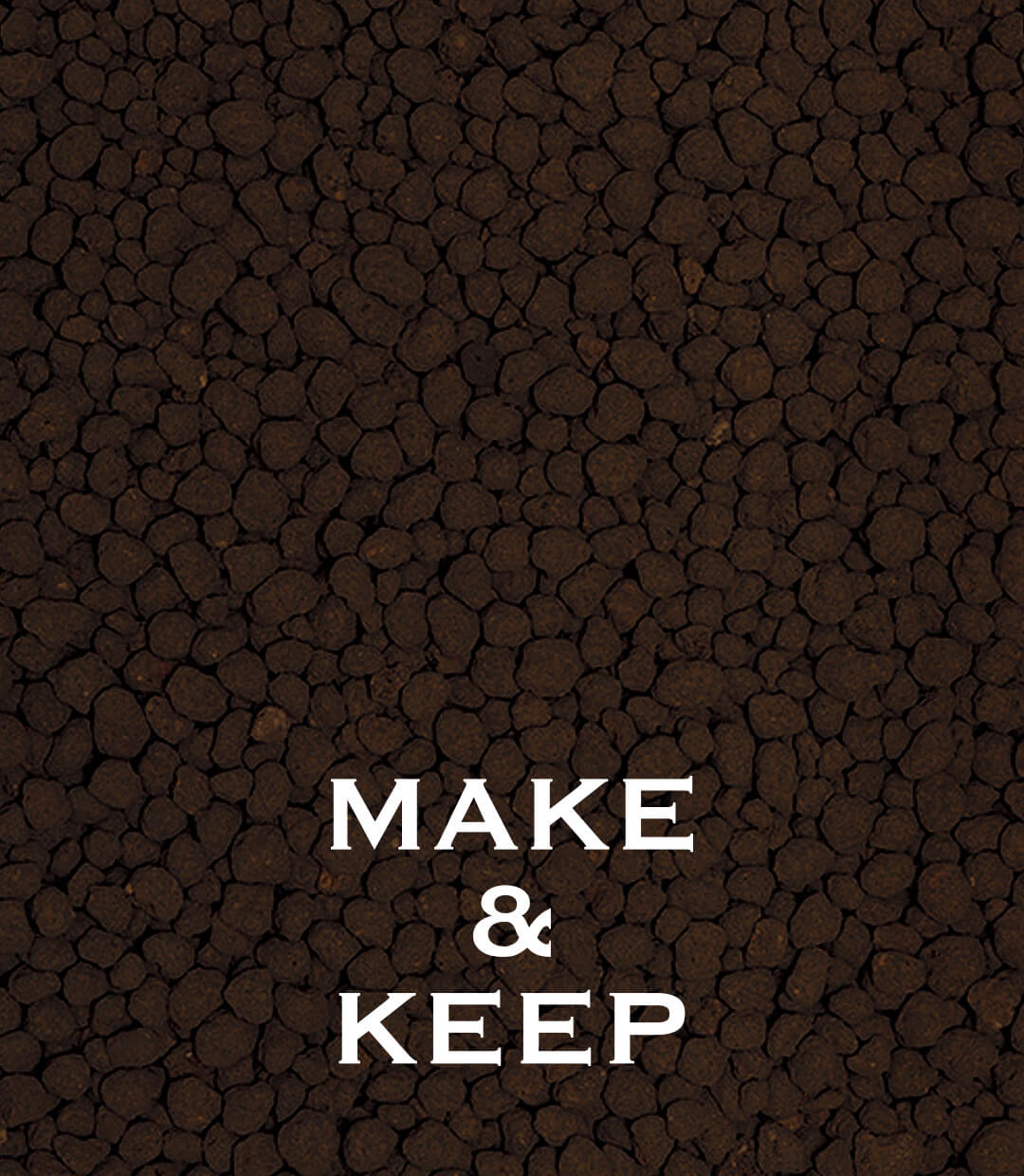ADA PLANTS GALLERY #12 Drosera adelae
ADA’s Research and Development Department, called the Green Lab, develops a wide variety of greenery products. In this article, we would like to share with you some interesting bits of trivia about the plants produced in the lab, and a part of their true nature we see from time to time.
Drosera in tropical forests
Drosera adelae, a type of Drosera native to Queensland, Australia, grows naturally in low coastal mountainous areas, especially those with relatively high precipitation, forming small clusters near water, on moist forest floors, by waterfalls, and on wet cliffs in forests. It is a great sight to behold because it develops relatively large leaves among the Drosera species. It is also a very water-loving species that does not have a problem even soaked in the water to the base of the plant, making it a good choice for the waterside in aqua-terrariums.
Drosera adelae, a type of Drosera native to Queensland, Australia, grows naturally in low coastal mountainous areas, especially those with relatively high precipitation, forming small clusters near water, on moist forest floors, by waterfalls, and on wet cliffs in forests. It is a great sight to behold because it develops relatively large leaves among the Drosera species. It is also a very water-loving species that does not have a problem even soaked in the water to the base of the plant, making it a good choice for the waterside in aqua-terrariums.
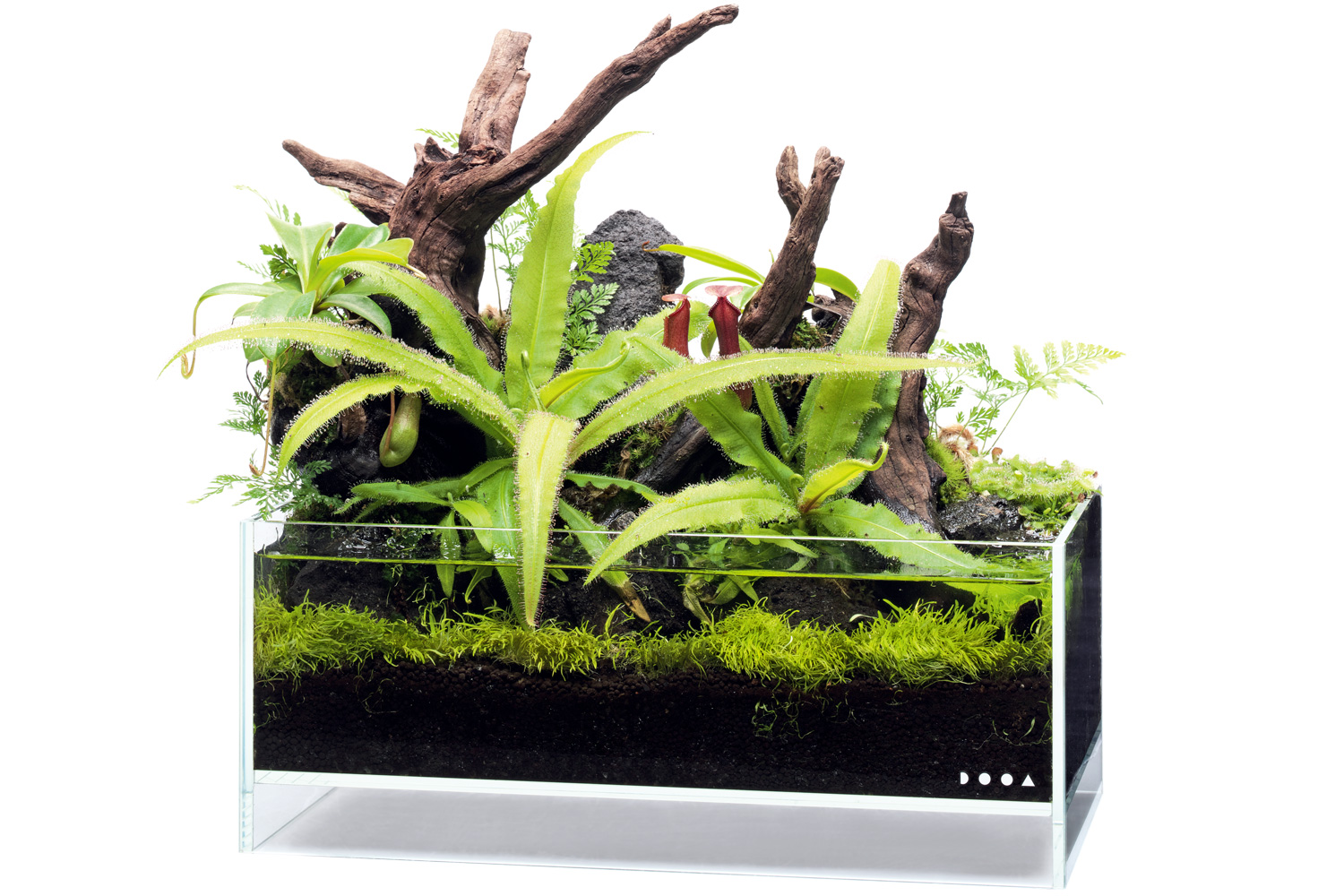
Red or Green
The color and shape of Drosera adelae‘s leaves change depending on the environment in which it is grown. Under low light and humid conditions, it produces light green, broad, soft leaves. In high light, on the other hand, it produces long, narrow leaves and reddish foliage. Both are attractive, but it would look great if you use the green one in a driftwood layout or the red one in a layout with stones to create a native atmosphere. Of course, it is important to avoid sudden changes in the environment.
The color and shape of Drosera adelae‘s leaves change depending on the environment in which it is grown. Under low light and humid conditions, it produces light green, broad, soft leaves. In high light, on the other hand, it produces long, narrow leaves and reddish foliage. Both are attractive, but it would look great if you use the green one in a driftwood layout or the red one in a layout with stones to create a native atmosphere. Of course, it is important to avoid sudden changes in the environment.
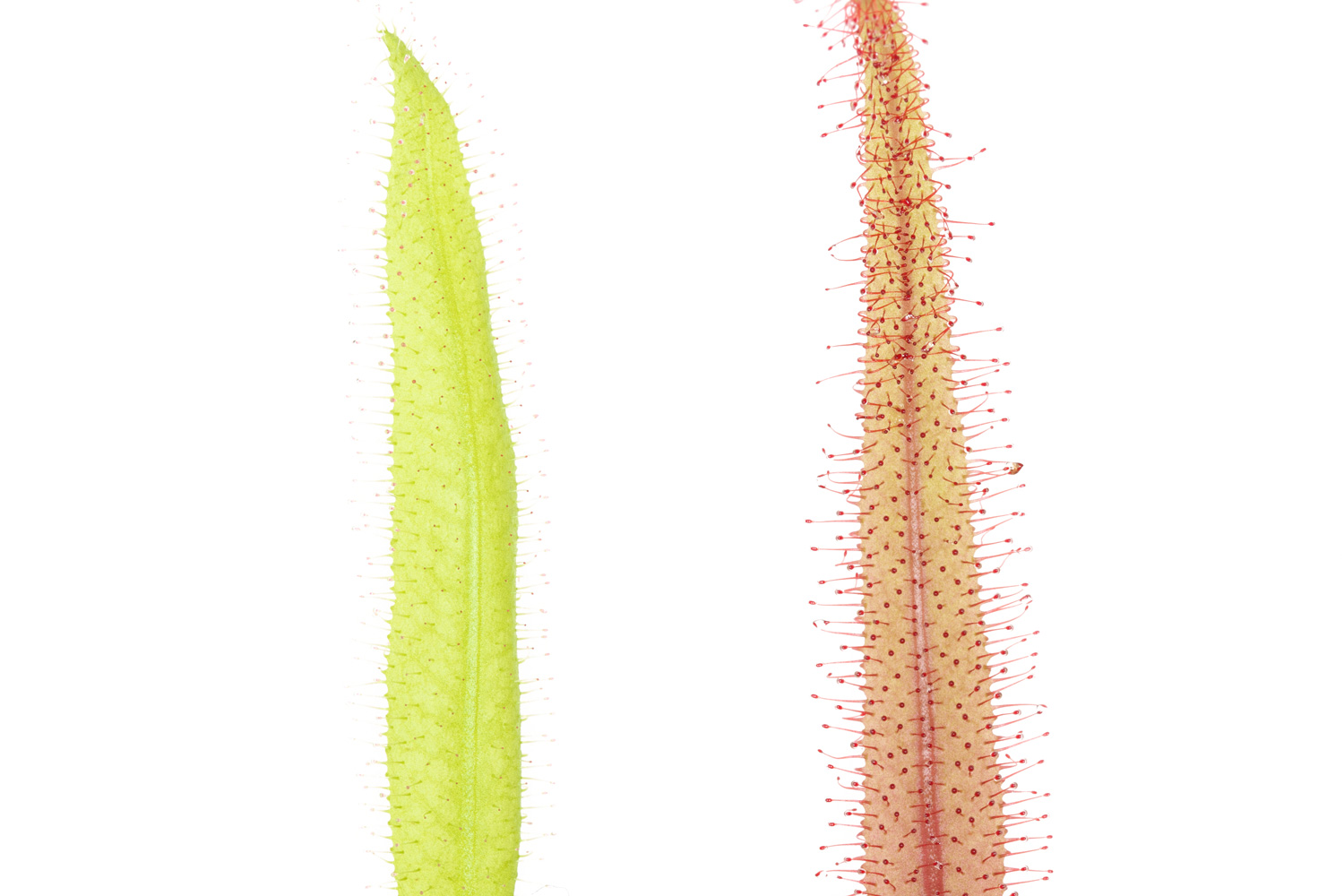
Small blooming stars
The flower stalks of Drosera adelae are structured to flower at a higher level by extending in whorls like the shoots of Osmunda japonica (a type of fern). The whorled flower buds bloom in sequence so that they reach full bloom at the apex. The flower color varies from cream to orange, and to deep red depending on the growing environment, and the five petals are small and pointed at the tips, looking like pretty stars.
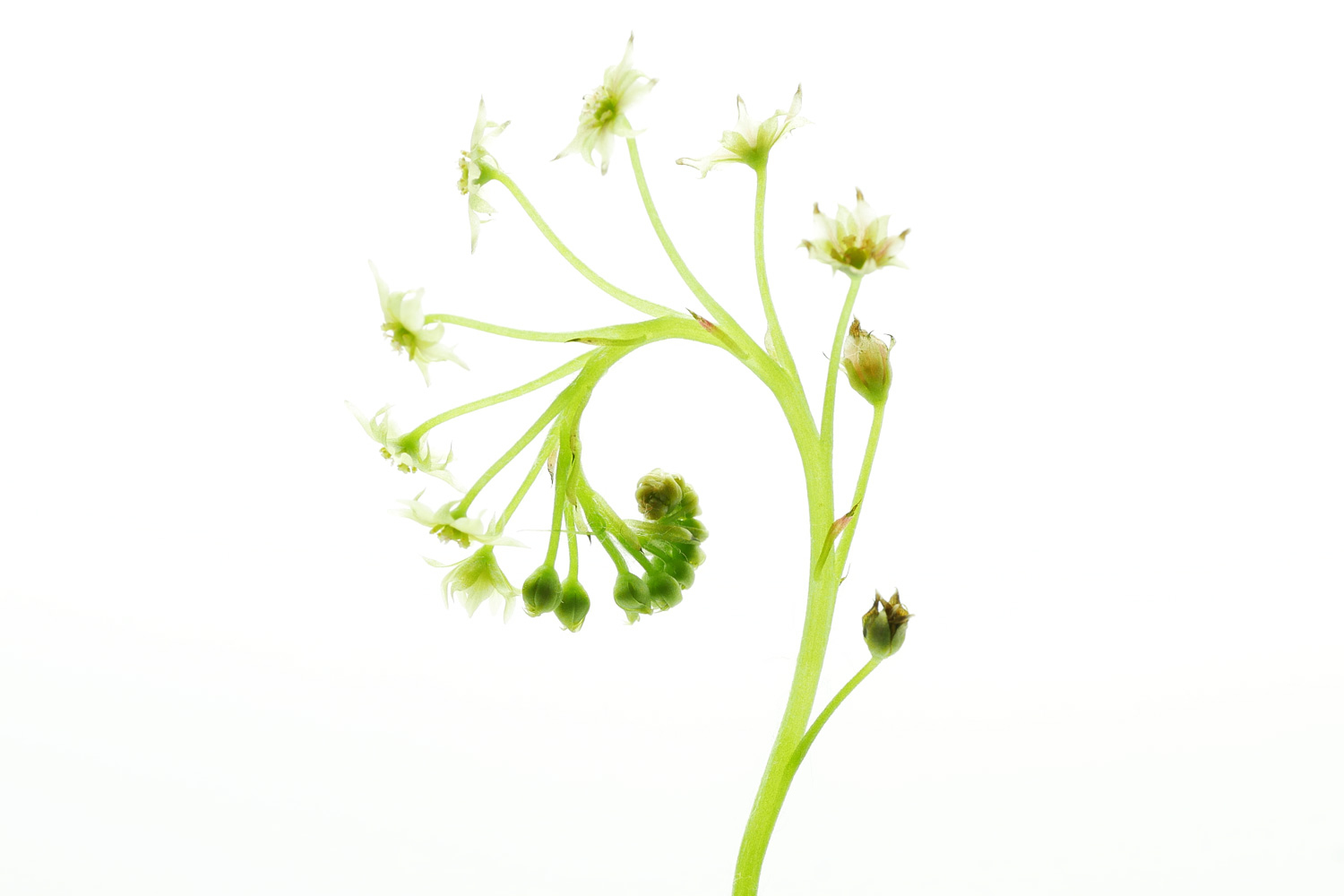
To admire the beautiful foliage
It is said that the smell of the mucilage and the ultraviolet light reflection attract insects, which may be trapped in outdoor cultivation or in an open layout. Although this is natural since it is a carnivorous plant, the trapped insects do not disappear easily, and some people may consider them unsightly when viewing the plant. If you grow tissue culture plants of the Jungle Plants series in glass containers, you can enjoy the beautiful foliage of the plants.
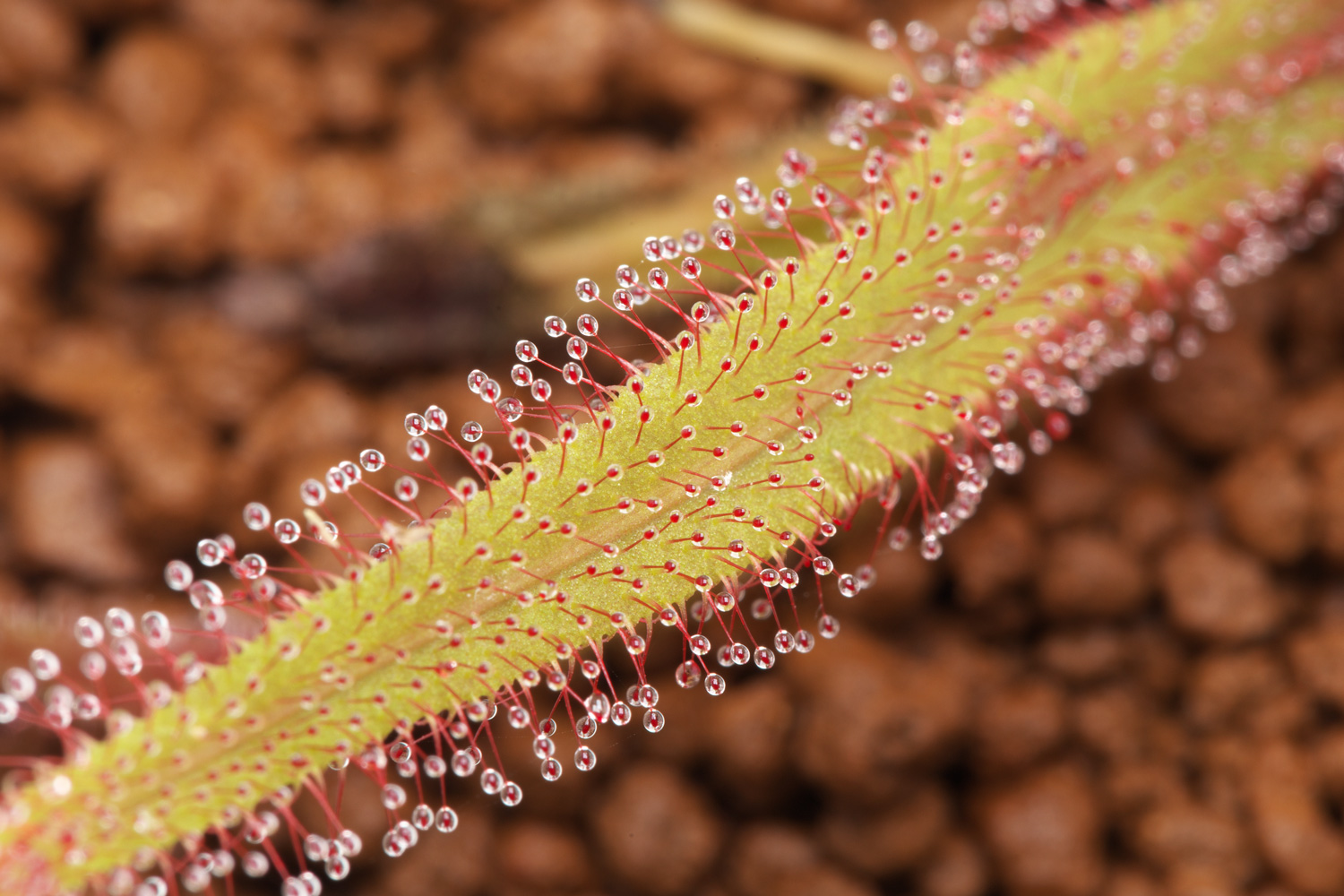
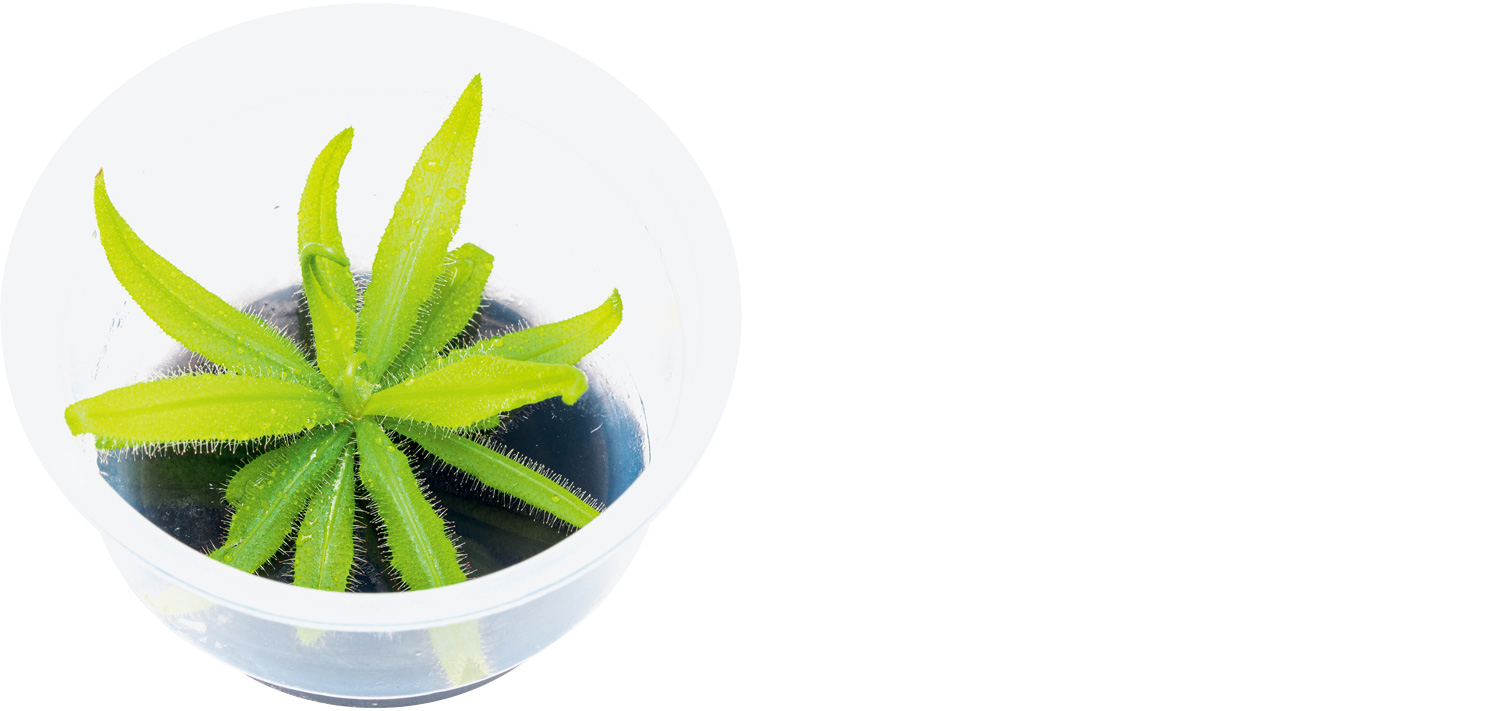
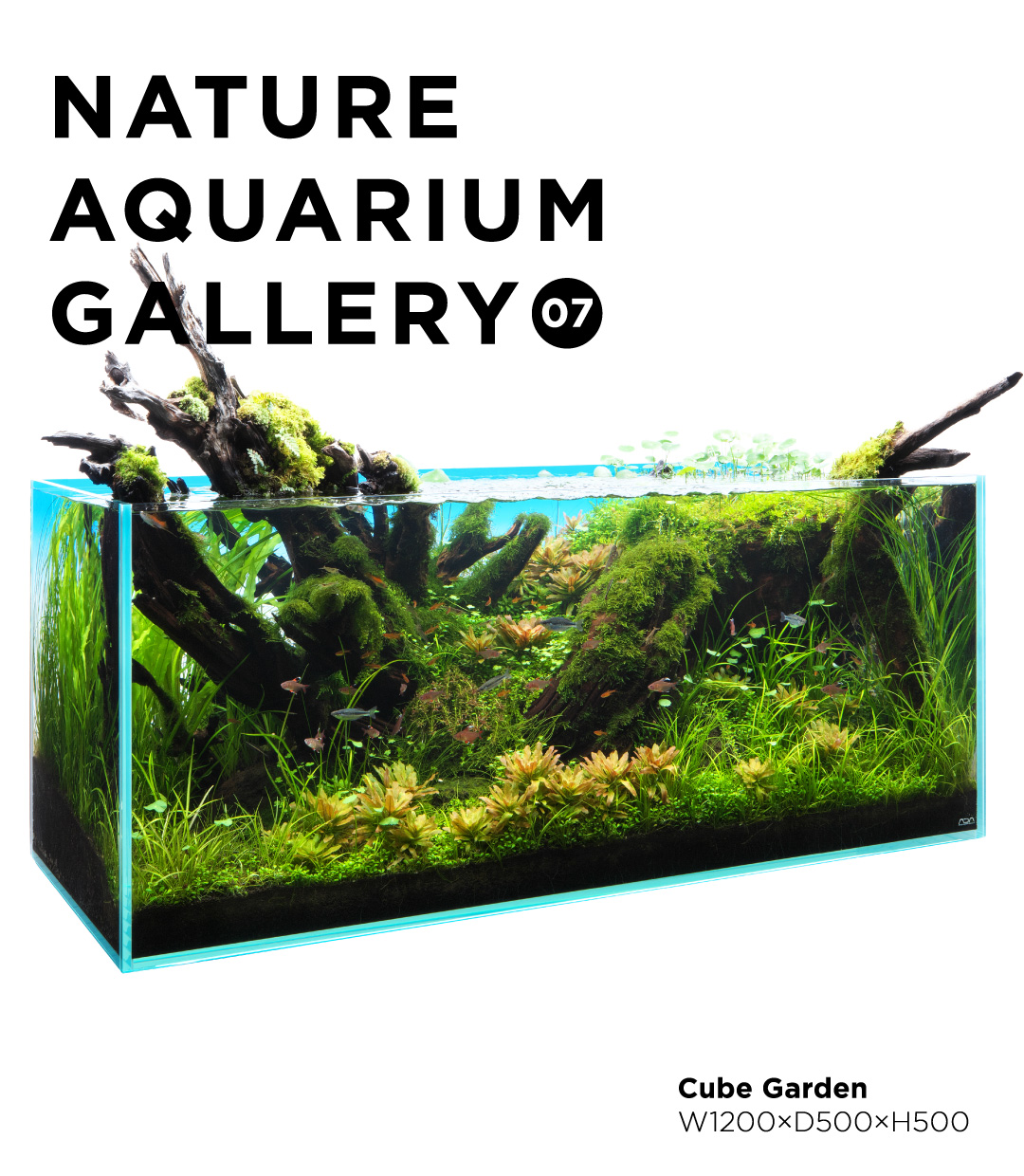
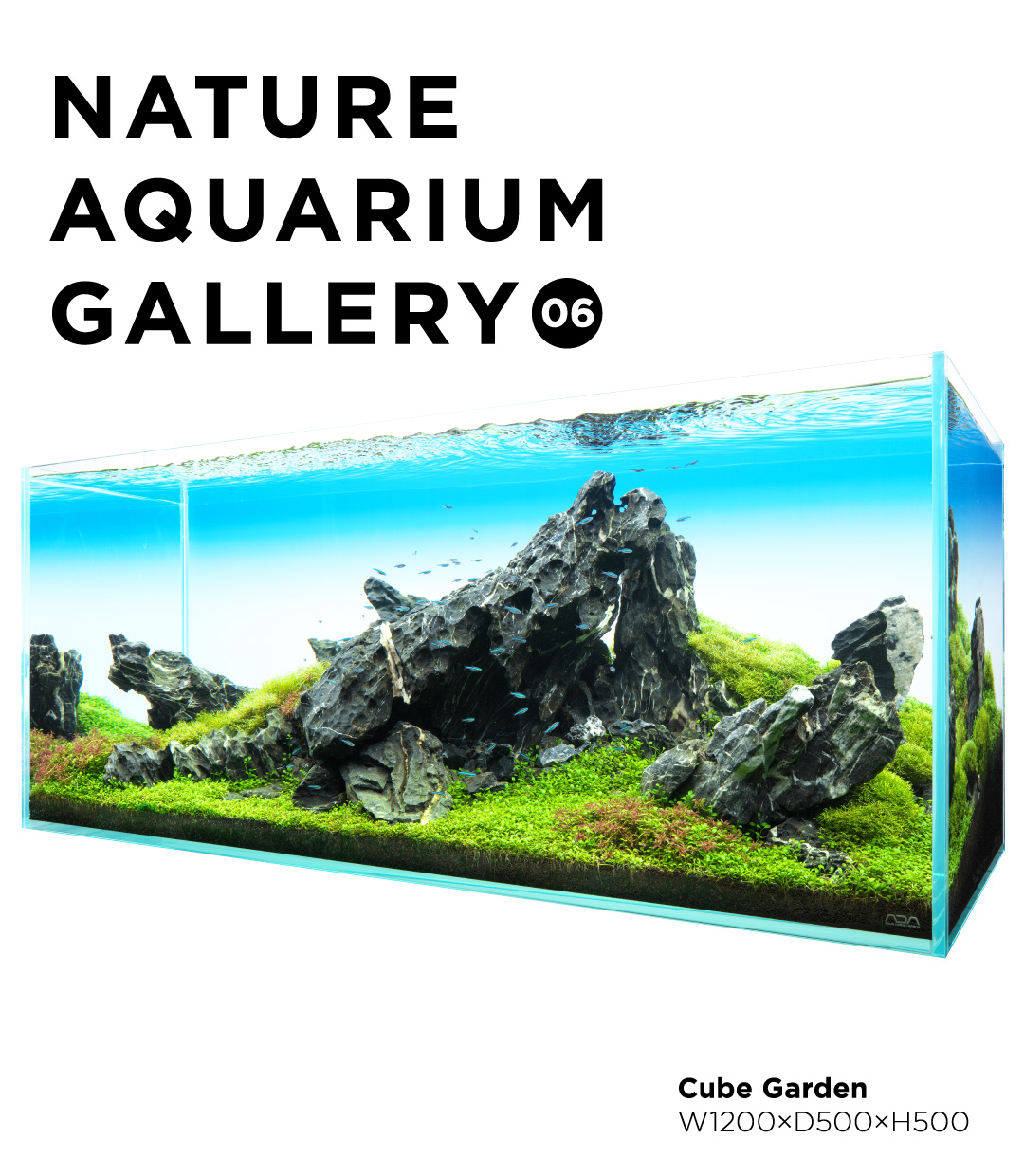
![Green Lab. #06 [ A Restful Waterside ]](https://www.adana.co.jp/wp-content/uploads/sites/3/2025/11/gl06_img_ogp.jpg)
